I am currently studying the effects of current on the coil of an electromagnetic relay and came across this graph:
Image source: Ramirez-Laboreo, E., Sagues, C., & Llorente, S. (2015). A new model of electromechanical relays for predicting the motion and electromagnetic dynamics. https://doi.org/10.1109/ias.2015.7356818 (author's website download link)
Why is there a dip in the current around 11 ms and then a crest again around 35 ms? Is there a way of improving this?
The relay armature was closed for the first 25 ms (when the control circuit was on i.e relay coil had current) then open (when the control circuit was off i.e relay coil had no current.)
